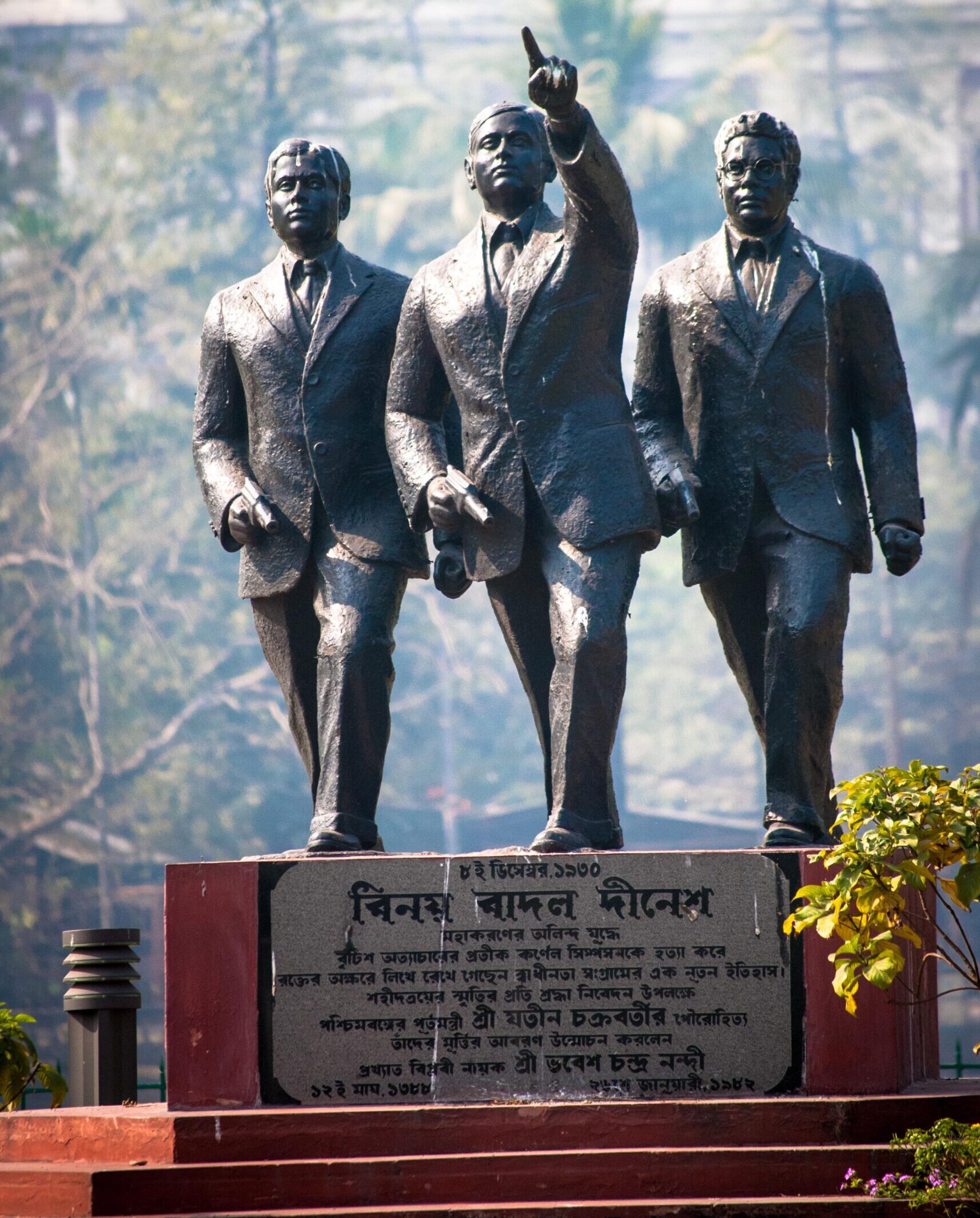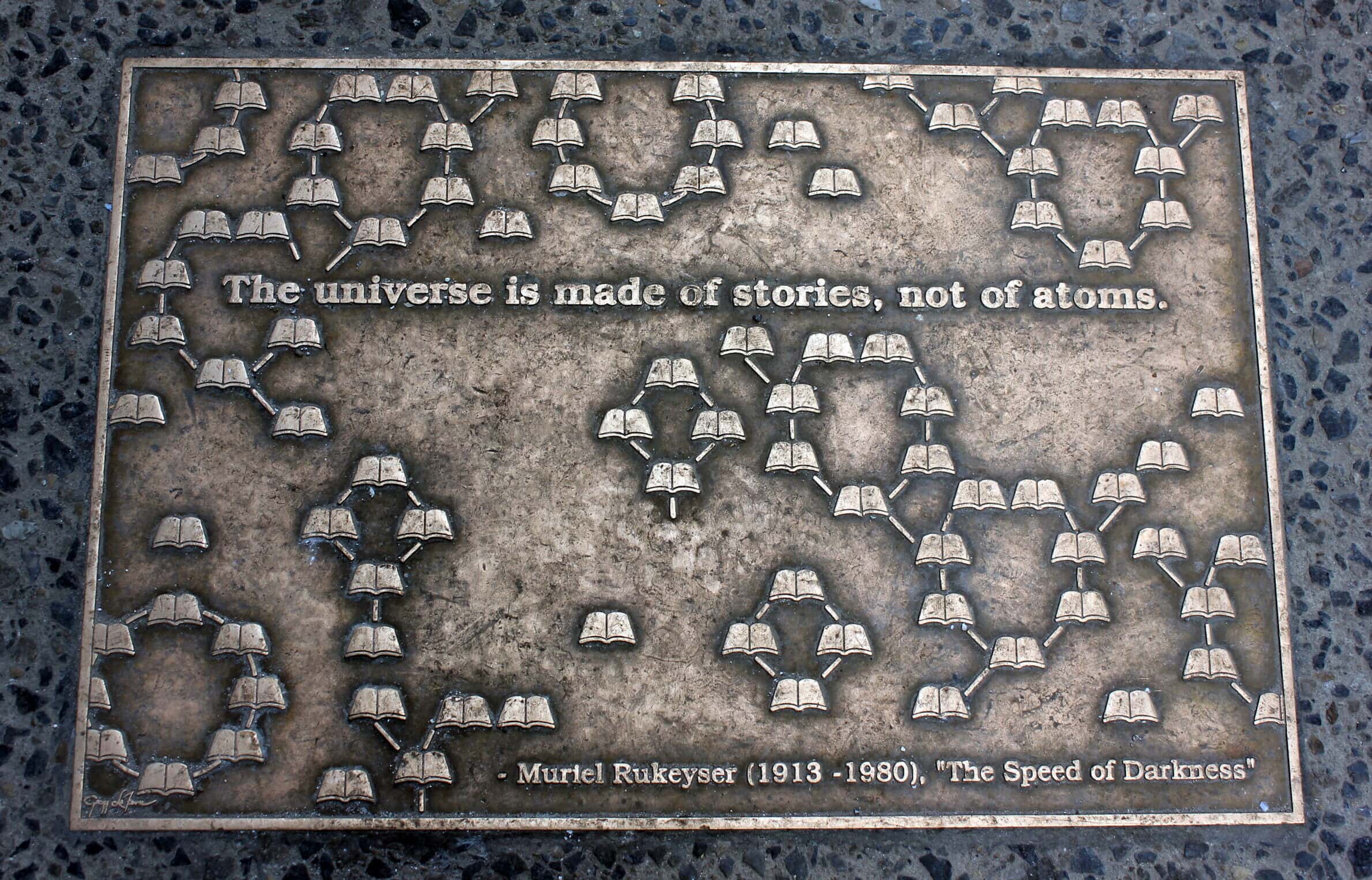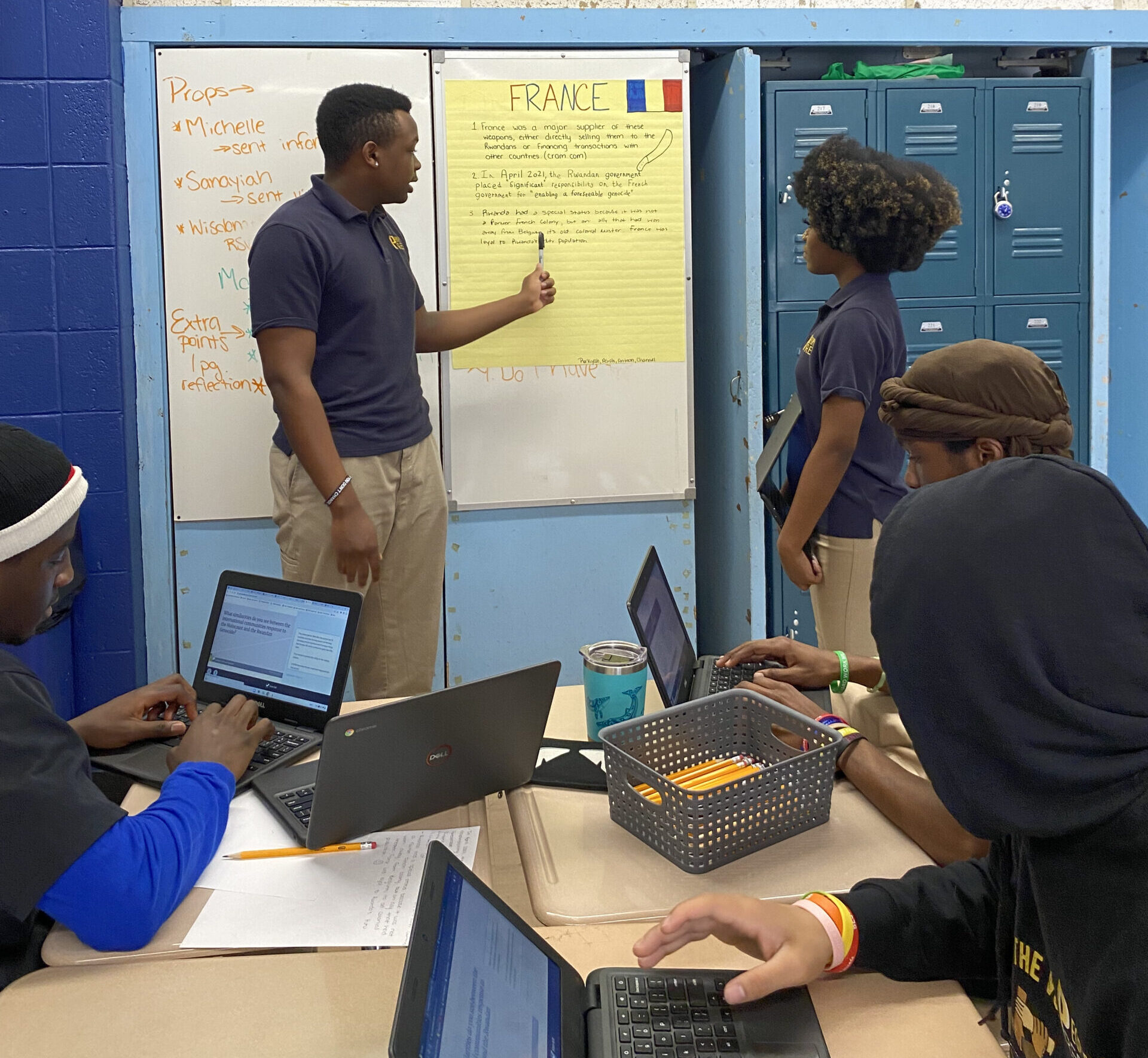Too many students accept history as the study of “one damn thing after another.” They seem to lack any analytical framework for sorting and analyzing the hum and buzz of daily events. For these students—if their work in history courses is a good indicator—events occur in incomprehensible sequences as the result of a small number of vaguely understood motivations. This situation underscores the need for a strong introduction to thinking historically in college history survey courses, which should introduce and involve students in the thought processes of historians, including how we know what we know, how and why events are interpreted differently over time, and how some events and trends are related to others. Historians, in short, need to reveal the unstated ideas and processes that underlie the production of lectures and other finished works of historical study. Classroom teachers should not be content simply to convey to students the results of their work.
Most teaching historians work in settings where the future employability of students is the litmus test of the value of courses and majors. For this reason many professors do not see the need to engage students in “specialized” activities they regard as preparation for a major that will ultimately attract very few of their students. This approach reinforces the sense of distance between student experience and historical study because it gives students no analytical categories for making sense of what seems to them to be an inchoate swirl of events. A remedy for this condition is the “side-stage” approach to the teaching of history, which can infuse historical thinking into the classroom.1
Most courses emphasize a “front-stage” approach in the sense that the professor presents students with the polished presentation of finished products—the syllabus, the text, the lecture—and expects them to learn the material without any knowledge of how it was derived and selected as being appropriate for the course. In a theater a side-stage view gives the audience an opportunity to see the play as a finished product while simultaneously experiencing it as a production in progress. Where the front-stage approach to history obscures the thought process of historians from students, a side-stage perspective gives them insight (though not immersion) into historical thinking. In this way students encounter a previously unknown aspect of history: the categories and thought processes of historical study. Teachers should take care to see that students are aware of the numerous factors underlying the judgments historians make before entering the classroom. In addition, students should be given opportunities to make comparable judgments for themselves. There are a number of ways to carry out this side-stage approach.
- Explain the decisions that went into the construction of the course syllabus, including the rationale for using a particular textbook and parallel readings in contrast to other possible choices. Since students are largely ignorant of the variety of approaches present in the study of history, such an explanation starts to make them aware that historical study is not rote memorization but an analysis of the meaning and significance of historical facts.
- Introduce the historiography of at least one topic into each course. This can be done by choosing two or more major interpretations and showing how and, where possible, why interpretations have changed over time. This approach should treat points of view as part of a conversation that reveals how historians think and why viewpoints change.
- Use at least one “moment,” or “posthole,” in each course. A posthole approach devotes a significant portion of the semester to the analysis of a single topic from a variety of perspectives, often using primary-source materials.2 Students are assigned a broad range of materials that they must organize into a coherent treatment through their use of the analytical perspective of historians. Although this method sacrifices chronological coverage, the loss is more than offset by the increased ability of students to approach topics historically. And learning how to do this will stay with them far longer than any traditional coverage.
- Assign essay exams that require students to think historically and then evaluate their work for its effectiveness in presenting a historical argument. The exam is the students’ opportunity to use their side-stage insights to develop their own front stage presentations. Test questions that simply call for the restatement of a series of events reinforce student wisdom that history is “one damn thing after another.” Instead, ask questions that require the “facts” of history to be organized in support of a historical argument. Then, after the first test, spend sufficient time discussing the variety of answers the students produced, identifying the factors that separated the stronger answers from the weaker ones. Many faculty members undoubtedly take this approach to testing now. But students often feel left in the dark because they are expected to make a front-stage historical presentation without knowing what goes into its preparation. A side-stage approach gives students the insight and the practice to produce meaningful historical work, and it teaches them one of the most valuable lessons of all: to learn to think like historians.
Notes
- Joshua Meyerowitz introduces the side-stage analogy to analyze the presidency of Jimmy Carter in No Sense of Place: The Impact of Electronic Media on Social Behavior (1985). [↩]
- For a fully articulated “posthole” approach to a Western civilization sequence that organizes each semester around four “moments,” see Sandra Loman and David S. Trask, “Postholes—Western Civilization,” in World and Western Civilization Report of the Committee on Introductory Courses in History, edited by Joan Gaughan, Sandra Logan, and David Mock (1992), 146–90. [↩]
David S. Trask teaches introductory courses in United States history and Western civilization at Guilford Technical Community College, in Jamestown, North Carolina. A recipient of a Ph.D. in American history from the University of Nebraska at Lincoln, his research interests are in late 19th century American history. He is a member of the AHA Council.


